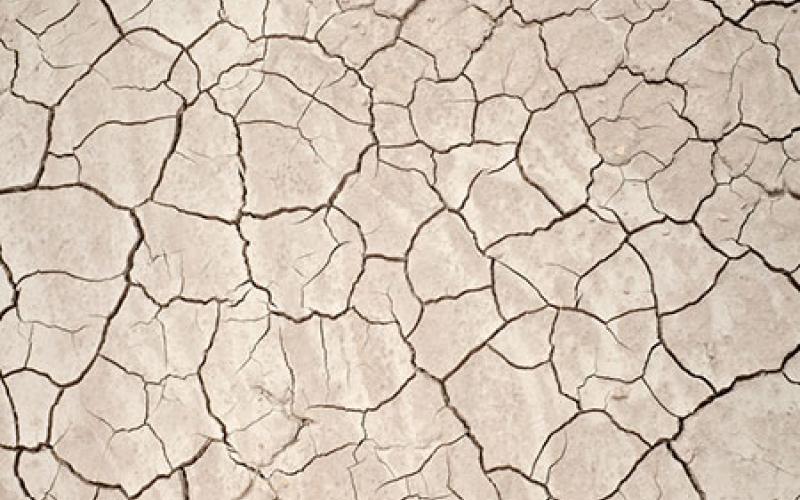U.S. drought risk for the 21st century is worsened by a changing climate

U.S. drought risk for the 21st century is worsened by a changing climate
The Southwest and Central Plains are likely to experience conditions that rival the worst droughts of the past 1000 years.
Original Paper:
Cook, Benjamin I., Toby R. Ault, and Jason E. Smerdon. "Unprecedented 21st century drought risk in the American Southwest and Central Plains." Science Advances, (2015). DOI: http://dx.doi.org/10.1126/sciadv.1400082
The ongoing and severe drought in the Southwestern U.S. may be a sign of things to come in the latter half of the 21st century. A new study in Science Advances finds that increasing greenhouse gas concentrations in the atmosphere will increase the likelihood of prolonged drought conditions throughout the Southwest and Central Plains.
Researchers from NASA, Columbia University, and Cornell University also looked at past climate data to put the future projections in context. They found that between eight and nine hundred years ago, the Southwest and Central Plains experienced conditions drier than anything since in the historical record, with droughts spanning multiple decades. Yet, the researchers' projections indicate that future conditions are likely to be worse than even these exceedingly dry times.
Relying on tree-ring based historical climate estimates for comparison, the researchers used multiple climate models to estimate the future drought risk in the two regions. Increasing levels of greenhouse gases will likely lead to a reduction in cold season precipitation and greater evaporation rates which will work in concert to reduce the water content in soils. As a result, there is an 80 percent chance of a multidecadal drought occurring in the latter half of the 21st century in both regions.
Even in areas where cold season precipitation is supposed to increase, hotter conditions will still result in a net reduction in soil water content. Put simply, greater amounts of rain and snow may be needed to reverse drought conditions, increasing the likelihood that droughts last longer than before.
While previous climate projections, including the Intergovernmental Panel on Climate Change's recent 2014 report were subject to high degrees of uncertainty, these findings predict future drought conditions with high confidence.
These droughts will occur in a warmer world, adding stress to natural ecosystems and our constructed agricultural systems. The researchers note that our capacity to adapt to droughts may be tested. Historically, humans have relied on groundwater aquifers when surface water became scarce. Yet, recent studies have shown that we are drawing on these underground sources at unsustainable rates, threatening an important coping mechanism during droughts.
As dryer conditions become more commonplace and as droughts last longer, we may need to reexamine how we think about climate events. Droughts are an unusually dry period, but if they last for decades or even hundreds of years, it may be prudent to consider these conditions as the new normal. Adaptation strategies that work for short term droughts may fail during longer events. In some cases, we may be better off accepting this new normal, and framing these as issues of scarcity instead of drought.




